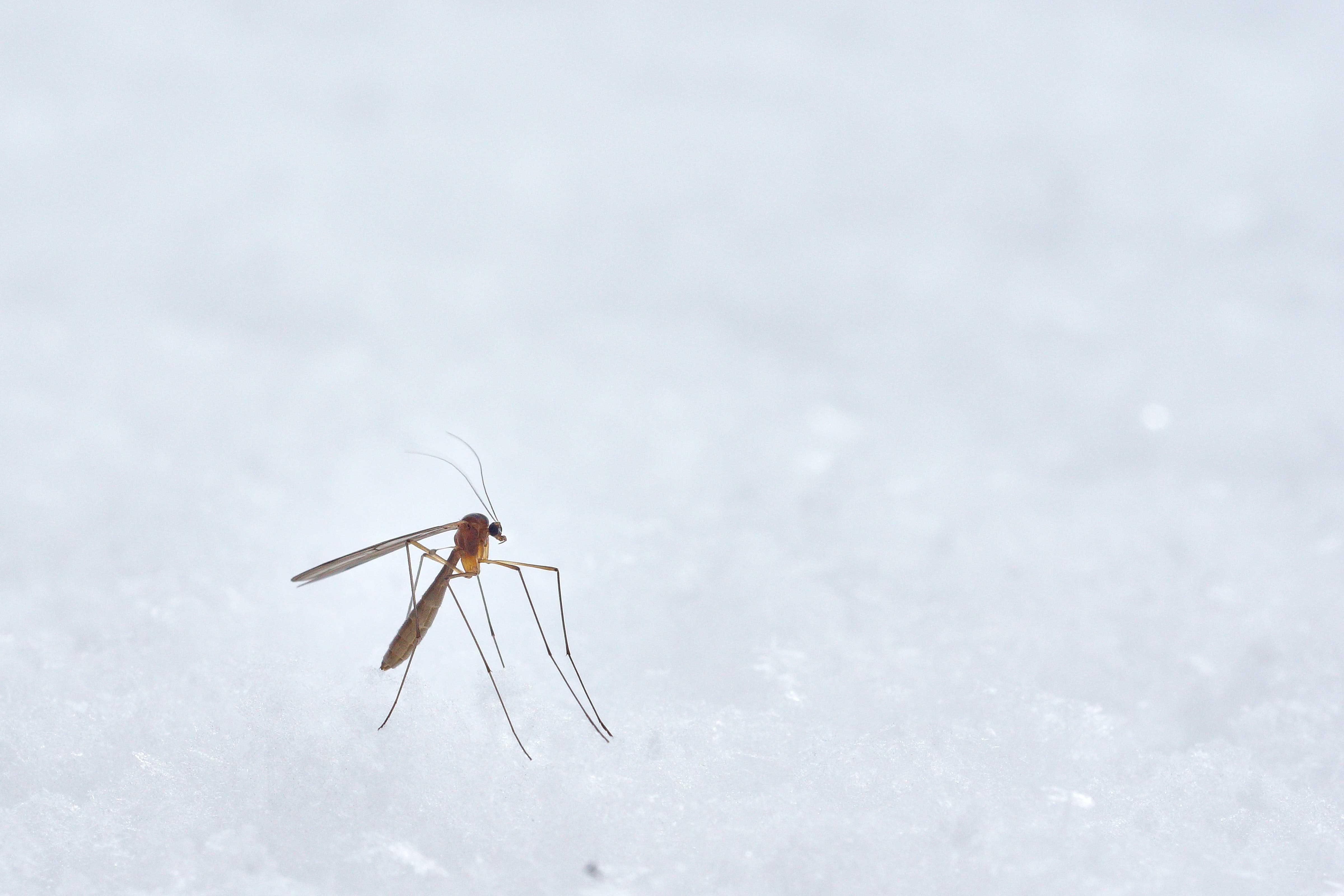Mosquito bites
Lee in complete content in Infermeravirtual.com

This type of reactions usually are arising from the insect bite of an insect, as the mosquito, or for one mordedura of some type of ant. Are characterised for itch, inflammation, pain, heat and enrojecimiento of the area of the insect bite and, sometimes, for blisters, in the case of some arachnids' insect bites. They sometimes demonstrate graver general reactions, as, for example, throat irritations; in this case, it is significant to address to a health centre or hospital.
In the case of local reactions for an insect bite or mordedura of insect, suits to take into account following advice.
- Is recommended to apply cold in the area of the insect bite to reduce the inflammation and the itch.
- It suits to apply in the area of the insect bite a solution of calamine or of ammonia to reduce the itch.
- It is not owed to scratch the area of the insect bite, to avoid the risk of causing an injury.
To avoid this health problem, it is important to follow the recommended prevention measures:
Alterations produced by insect stings or bites
Insect stings or bites can cause local reactions (itching, swelling, blisters or pain in the area of the bite) or transmit diseases such as malaria, yellow fever, dengue, etc., common in some developing countries, especially those in tropical regions (each of the two parallels of the Earth's sphere situated at a distance from the equator of 23º 27' north and south respectively).
General guidelines. All people travelling must take these preventive measures into account:
- Use long sleeve and colour clothes clear, above all give of the nightfall until dawn, since these are hours of maximum activity of the majority of mosquito' species.
- Avoid to use intense and clothes perfumes colourful dark, since they can attract insects.
- Use insect repellents with base of dietilnonamida (DEET) in concentrations out of 30% and 50% for adults; for children, there are products with a lowest concentration of DEET and presentations in the shape of creams. There are also insect repellents based on natural products, such as eucalyptus.
- In climatic countries or situations in which increases the sweat because of the high humidity, to repeat the application of the repellent with more frequency (every 3 or 4 hours), in order to to maintain its protective effect.
- If activities are done with animals or in which can animal credit close, such as rambles horseback, to take long sleeve, long and chocked pants closed to avoid the contact with chiggers.
Specific recommendations. People that they travel to places where you can give tall risk situations, as developing countries, have to maximise these prevention measures:
- Use a mosquito net to sleep, above all at night. It is recommendable to impregnate her with permethrin, a substance that it distances to the mosquitoes.
- Spray insecticide inside the room a little while before going to bed.
- Use spirals of incense that give off a substance insecticide or electrical appliances with repellent tablets, above all during the night.
- Avoid to walk barefoot because of the risk of injuries in the feet or for the risk of contagion of some illnesses for contact with the skin.
- Take a comfortable and ventilated footwear, but closed, in trips to areas with risk of chopped of arachnids or insects.
- In areas with many arachnids that can search shelter, to shake the clothes and the footwear before putting, above all in the morning, and to do the same thing with bed sheets and/or the sleeping bag before putting in the bed.
